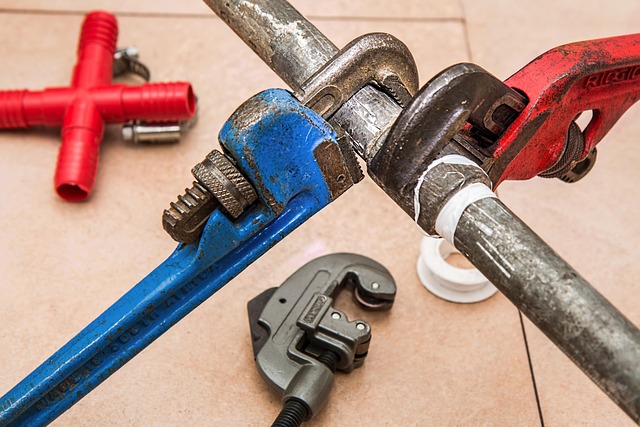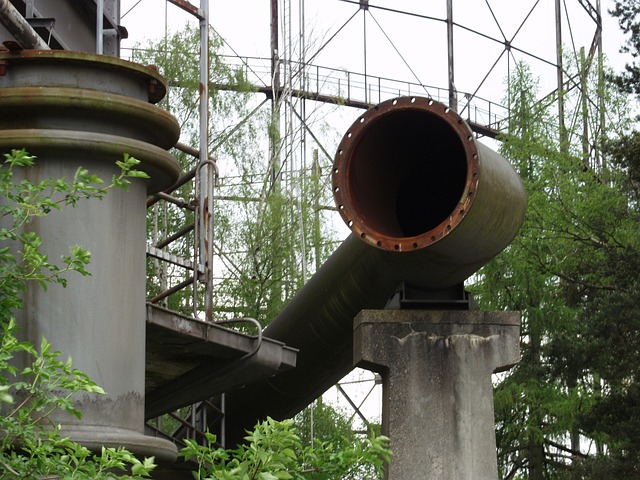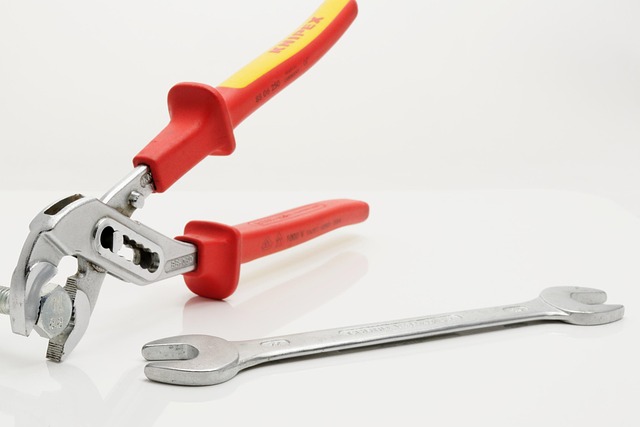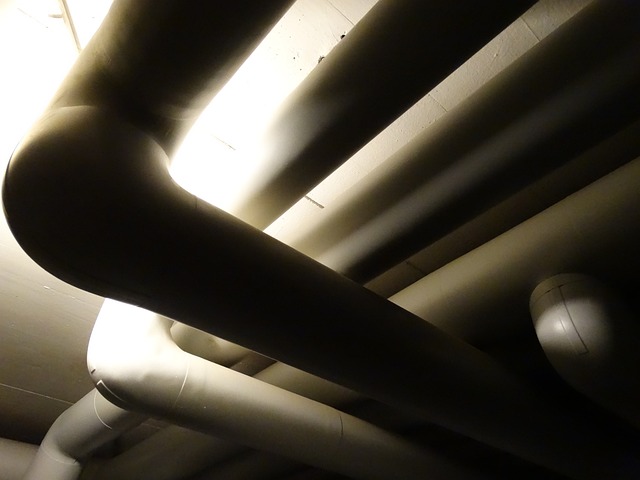Promptly address plumbing issues by understanding common signs of pipe leaks and condensation. Look for unusual water sounds, persistent moisture, water stains, mold growth, or peeling paint indicating leaks or excessive condensation. Recognize distinct noises like "drip-drip-drip" (leak) versus splashing or hissing (condensation). Utilize Pipe Leak Detection Tips to quickly identify and resolve potential plumbing problems.
Is it a pipe leak or condensation causing your home’s water damage? Distinguishing between these two issues is crucial for effective repair and prevention. This guide helps you navigate the process, offering insights into understanding common signs, differentiating patterns, and employing detection methods. By identifying whether moisture originates from leaking pipes or condensation, you can implement targeted solutions like insulation, maintenance checks, and addressing humidity. Master these Pipe Leak Detection Tips to safeguard your home’s integrity.
- Understanding Common Signs of Pipe Leaks and Condensation
- – Identifying visual cues: water stains, mold growth, peeling paint
- – Listening for unusual noises: dripping, splashing, or hissing sounds
Understanding Common Signs of Pipe Leaks and Condensation

Understanding Common Signs of Pipe Leaks and Condensation
One of the most noticeable pipe leak detection tips is unusual water sounds, such as dripping or splashing, coming from your pipes. This can indicate a broken pipe, which may be caused by corrosion, freezing, or age-related deterioration. If you notice persistent moisture or water damage around pipes, walls, or ceilings, it could be an early sign of a leak. Regularly checking for these signs is crucial for prompt repair and prevention of further damage.
Condensation, on the other hand, often manifests as visible water droplets or mist forming on pipe surfaces, especially during and after periods of high humidity. This is not typically an indication of a leak but rather a natural occurrence when warm, moist air comes into contact with colder pipes. Condensation can be reduced by improving ventilation in your space and ensuring pipes are adequately insulated. Recognizing the difference between these two phenomena is essential for effective management of plumbing issues.
– Identifying visual cues: water stains, mold growth, peeling paint

When it comes to identifying a pipe leak or condensation, visual cues can be your best friend. One of the most obvious signs is water stains on walls, ceilings, or floors. These stains often appear as discolored patches or rings and may be accompanied by dampness in the air. If you notice mold growth, especially in corners or along joints, it’s a strong indicator of a moisture issue—whether from a leak or excessive condensation.
Additionally, peeling paint is another visual red flag. Water seeping through cracks or gaps can weaken the integrity of your walls, causing the paint to blister and peel off. By scrutinizing these visual cues, you can gain valuable insights into whether you’re dealing with a pipe leak or excessive condensation, helping you to implement effective Pipe Leak Detection Tips and resolve the issue promptly.
– Listening for unusual noises: dripping, splashing, or hissing sounds

Unusual noises coming from your pipes can be a telltale sign of either a leak or condensation buildup. One key way to differentiate between the two is by listening closely for specific sounds. A persistent dripping sound, often described as a steady drip-drip-drip, usually indicates a pipe leak. This is because water is continuously escaping and falling, creating that rhythmic noise.
In contrast, splashing or hissing noises could suggest condensation issues. These sounds typically occur when heated air meets cold pipes, causing the condensed moisture to splash or hiss as it accumulates and evaporates rapidly. Identifying these distinct noises can be an essential Pipe Leak Detection Tip, helping you determine whether immediate action is needed to repair a leak or address excessive condensation buildup.
Knowing the difference between pipe leaks and condensation is crucial for effective home maintenance. By understanding common signs such as water stains, mold growth, and unusual noises, you can quickly identify the issue. Implement these pipe leak detection tips to prevent extensive damage and ensure a comfortable living environment. Regular inspection and proactive measures will help you tackle both problems efficiently.
